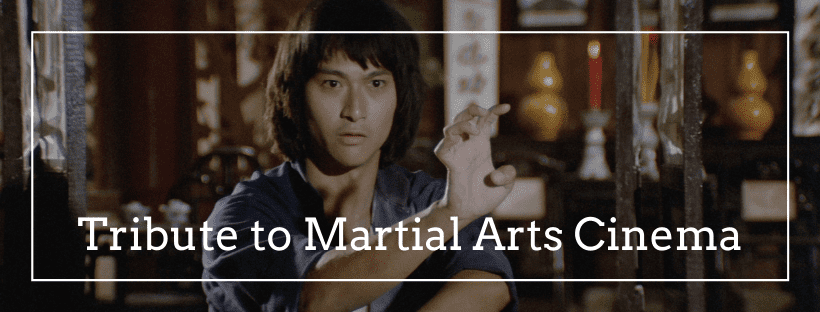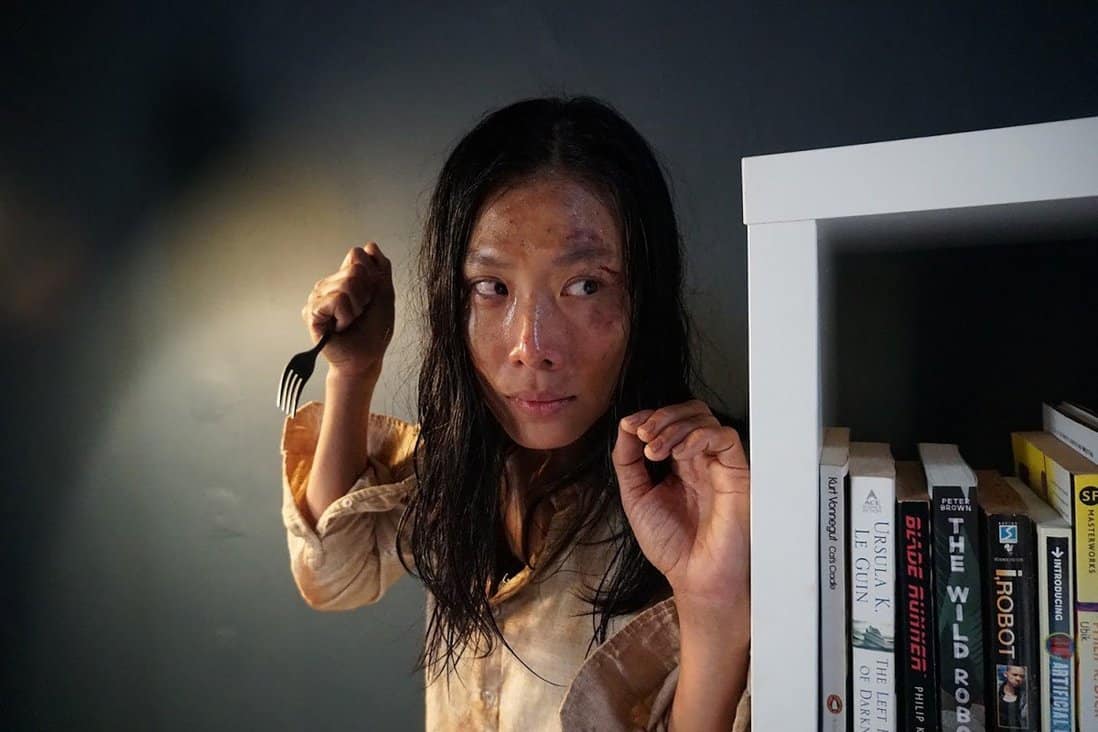In the 1970s, the martial-arts-genre lived through one of its most interesting periods, with many directors and therefore features competing for an audience who was eager for stories of fighting Shaolin monks or rebellious students facing a seemingly unbeatable power structure. Among the many names associated with the genre, Huang Feng was one of many directors who delivered what the audience (and therefore the producers) wanted, with his 1977 feature “The Shaolin Plot” arguably being his most notable effort. It is an impressive movie including some great set pieces and fight sequences, while also featuring actors such as Chen Hsieng, James Tien and Sammo Hung, names which have defined the martial-arts-genre during this period.
During his reign, Prince Daglen (Chen Hsing) has not only developed formidable skills as a fighter, but also a plan to collect every martial-arts-manual of the schools in the country, and thus becoming an even greater force. With the support of a monk armed with deadly cymbals (Sammo Hung) he lays a trap for the masters of the other schools, with many of them falling prey to him as well as his men. While his father, the leader of Wudang school, also becomes a victim of the prince's evil plot, Little Tiger (James Tien) is able to escape the assassins and eventually seeks refuge with Master Pu Hui (Chin Kang), an exiled Shaolin monk, who fends off the attackers at the cost of his eyesight.
Meanwhile, with the manuals at the Shaolin temple being the only manuscripts missing in his collection, Daglen sets his sights on the monks and the abbot. However, having misjudged the strength of their fighters, he understands he has to change his strategy if he seeks entry into the heavily guarded library of the Shaolin. At the same time, Little Tiger is introduced to the unique techniques of the monks by Pu Hui and already plans on stopping the evil scheme of the ruler.
If there is one thing cinephiles and especially lovers of Asian movies can take away from the latest outpour of martial-arts-titles by companies such as Eureka, it is how they have introduced viewers to features such as “The Shaolin Plot”. Considering the title has also been restored in 2K, this certainly serves the overall atmosphere of the film itself, making the sets and the costumes stand out. Settings such as Daglen's hideout or the Shaolin temple have such a unique appeal to them, highlighting the mischievous nature of the prince as well as the strict rules of the monks with its wide, open spaces and the mysterious, dark indoor sets. Overall, “The Shaolin Plot” is one of the best examples within the genre whose visuals highlight themes within the plot itself, and which if often just downright beautiful.
At the same time, amid the beauty, there is also darkness and brutality. Chen Hsing and Sammo Hung as his head henchman represent the violent nature of an authoritarian regime, with their fighting style and the weapons being quite bloody and vicious, as well as somewhat outlandish, considering the deadly cymbals Hung's character uses to dispose of his opponents. Along with actors like James Tien and especially Chin Kang as an exiled Shaolin monk, they also reflect the kind of skill and artistry within the genre, with scenes such as Little Tiger's fight against hordes of Shaolin monks or the almost eerie battle of Hung's character at the beginning being great examples of the choreography and the audiovisual design of the feature.
In the end, “The Shaolin Plot” is a truly entertaining and artistic martial-arts-movie. Director Huang Feng not only manages to assemble some of the actors who have made the genre famous, but also shows the level of thought behind such aspects like set design and editing, making “The Shaolin Plot” really stand out among the plethora of titles which came out around the same time.

















